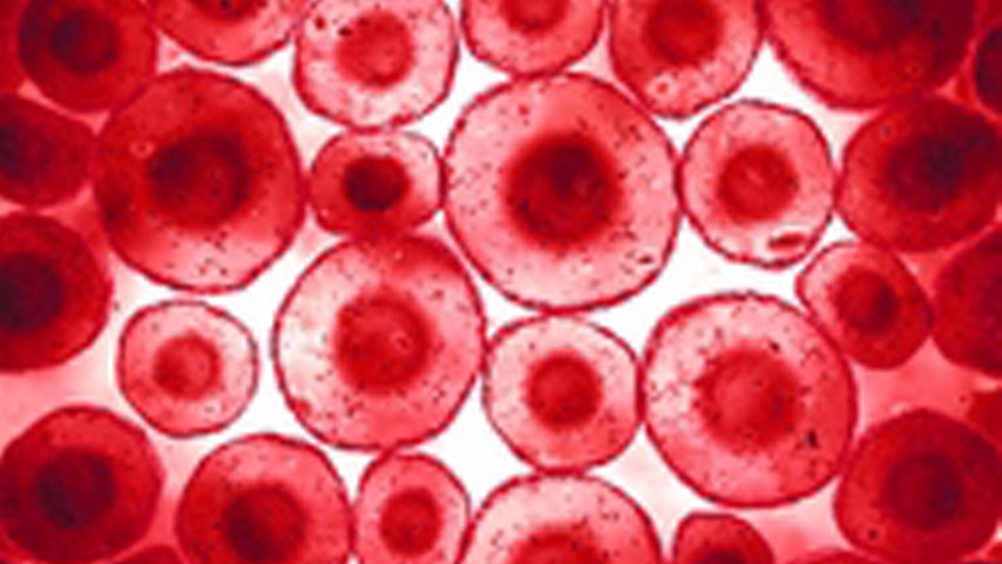Low light imaging banishes distortion to see cancer cells
University of Texas at Dallas (UT Dallas) researchers are developing a new low-light imaging method that could improve a number of scientific applications, including the microscopic imaging of single molecules in cancer research.

Electrical engineering professor Dr Raimund Ober and his team recently published their findings in the journal Nature Methods where they describe a method which is claimed to minimize the deterioration of images that can occur with conventional imaging approaches.
‘Any image you take of an object is translated by the camera into pixels with added electronic noise,’ Ober said in a statement. ‘Any distortion of an image makes it harder to obtain accurate estimates of the quantities you’re interested in.’
According to the University, this method could greatly enhance the accuracy with which quantities of interest - such as the location, size, and orientation of an object - are extracted from the acquired images.
Ober and his team tackled this problem by using the EMCCD camera, a standard low-light image detector. Using this method, scientists can estimate quantities of interest from the image data with substantially higher accuracy than those made with conventional low-light imaging.
Register now to continue reading
Thanks for visiting The Engineer. You’ve now reached your monthly limit of news stories. Register for free to unlock unlimited access to all of our news coverage, as well as premium content including opinion, in-depth features and special reports.
Benefits of registering
-
In-depth insights and coverage of key emerging trends
-
Unrestricted access to special reports throughout the year
-
Daily technology news delivered straight to your inbox










UK Enters ‘Golden Age of Nuclear’
Anybody know why it takes from 2025 to mid 2030's to build a factory-made SMR, by RR? Ten years... has there been no demonstrator either? Do RR...